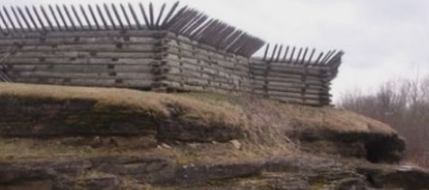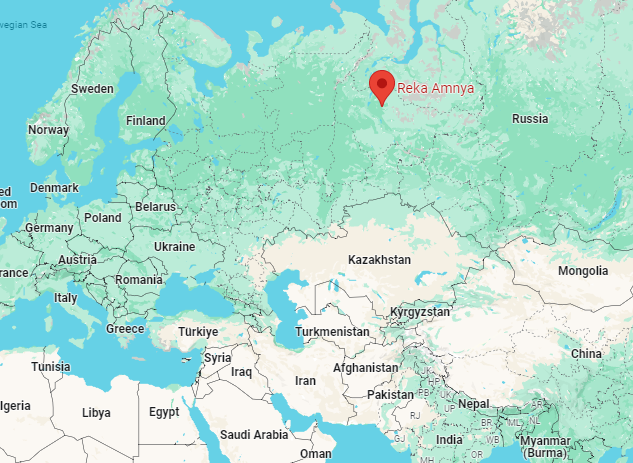When I was in school several decades ago, I was taught that the Middle East was the cradle of civilization. That the end of a stone age, nomadic lifestyle – with the rise of agriculture and the development of permanent communities like towns – first took place near the Tigris and Euphrates. That the first cities were in Sumeria about 6,000 years ago. What if this simplistic assumption that we are the first human civilization simply isn’t true? What if disasters like asteroid impacts and pole shifts have erased previous civilizations, and Sumeria was not our first departure from the caves?
In recent decades we have discovered advanced structure at Turkish sites like Gobekli Tepe and Karan Tepe which are 11-12,000 years old. There is plenty of evidence for a more ancient civilization in Peru and Bolivia. Some experts conclude civilization began there 17,000 years ago, before a cataclysm pushed Tihuanacu from sea level, to an altitude over two miles high. This civilization thrived when most of North America lay under an ice cap – a mile thick in my part of Pennsylvania. Before the last pole shift, the North Pole was in Hudson Bay. Siberia was about 30 degrees farther south and its warm climate hosted huge herds of large animals in grasslands which may have been similar to what Kenya has today. Which brings us to this week’s article:
World’s oldest known fort was constructed by hunter-gatherers 8,000 years ago in Siberia
“Located along the Amnya River in western Siberia, remains of the Amnya fort include roughly 20 pit-house depressions scattered across the site, which is divided into two sections: Amnya I and Amnya II. Radiocarbon dating confirmed that the settlement was first inhabited during the Mesolithic, or Middle Stone Age, according to the study.
When constructed, each pit house would have been protected by earthen walls and wooden palisades — two construction elements that suggest “advanced agricultural and defensive capabilities” by the inhabitants.” Assuming the fort was small, simple, and primitive by today’s standards – it may have looked something like this:

The temperatures there will reach 11 degrees below zero (Fahrenheit) this month, which is normal for the end of the year. For comparison, the lowest temperatures in Moscow and in Reykjavik (Iceland) over the same time period only goes down to 23 degrees at either location – both 34 degrees warmer than near the site of the ancient fort by the Amnya River. It does not seem like the type of place nomadic hunter gatherers would aim to make their permanent home – certainly not with its current climate and latitude.

In India and Iran, both regions have historical myths describing how their Aryan ancestors fled a northern land after the climate changed from seven months of summer and five months of winter to ten months of winter and two months of summer. We also know that people from Siberia migrated through Alaska into the Americas in ancient times. Some people from Siberia and Central Asia also migrated into Europe. Another article, Prehistoric population once lived in Siberia, but mysteriously vanished, genetic study finds, suggests the unexplained disappearance of the people who may have built the oldest known fort. To me (an author of books that take pole shifts seriously) the reason seems obvious: the climate drastically changed for the worse, after a pole shift, and the survivors migrated to better locations.
